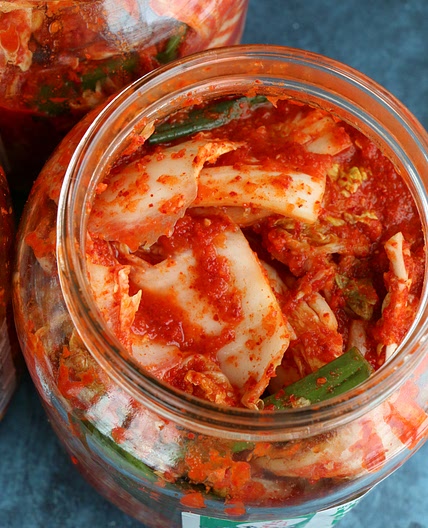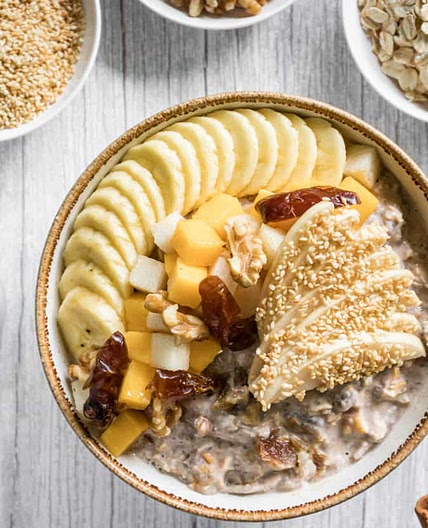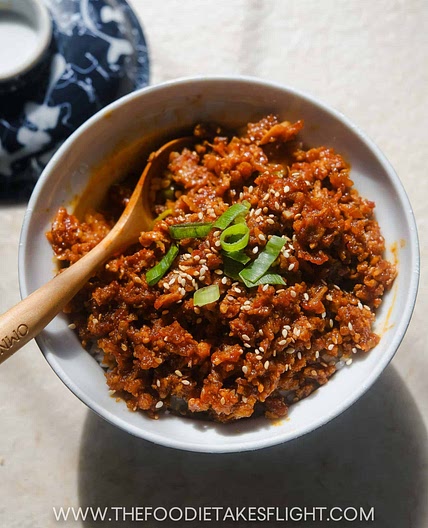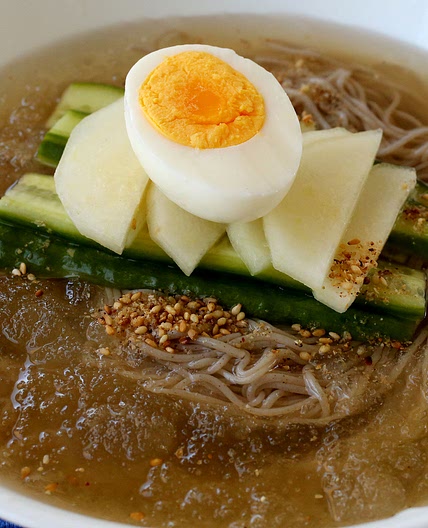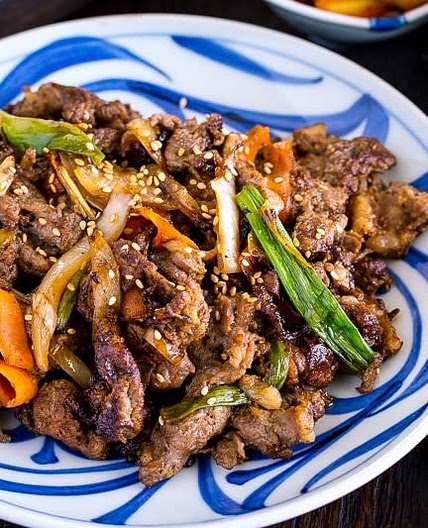Asian pear
 Fridge
FridgeAsian pears are native to Japan and China. If you haven’t heard of an Asian pear, you might have heard one of their other names: Japanese, Chinese, or Korean Pear, apple pear, zodiac pear, sand pear, and nashi. Yep, all of them refer to the exact same fruit. Japanese varieties do better in warm climates whereas the Chinese varieties can withstand cold and frost better. They look similar to apples in shape, rather than pears. Confusing, we know! Asian pears come in a variety of colors from a deep bronze to light green. They’re speckled, more like pears than apples, and the flesh inside is white. People like to call them apple pears because you tend to get the best of both worlds in terms of taste and texture. Don’t be fooled by this name though, because they definitely aren’t a cross between the two fruits. While they’re delicious to eat raw, make sure you get them while they’re still hard and crunchy. Once they start to soften, although still edible, they’re past their best and don’t taste as good. In cooked applications, you’ll often find Asian pear in Korean BBQ sauces and marinades. If you’re a fruit lover, try using them instead of grapes with your next cheese board. They’re also a very popular choice for baking enthusiasts. This is because the Asian pear doesn’t collapse and go mushy when it is cooked, unlike their European counterparts. Instead, they retain their structure, which makes them popular for impressive cakes and tarts. They also make lovely poached pears too!
Asian pear nutrition and vitamin info per 100g
| Energy | 42.06999969482422 | kcal |
| Total Fat | 0.23000000417232513 | g |
| Carbohydrate Total | 10.649999618530273 | g |
| Sugars | 7.050000190734863 | g |
| Protein | 0.5 | g |
| Sodium | 0 | mg |
| Fiber | 3.5999999046325684 | g |
